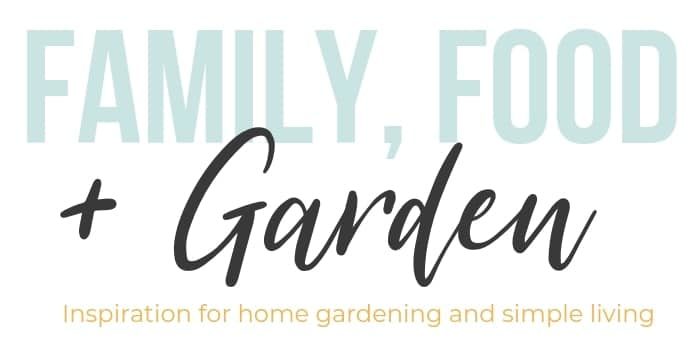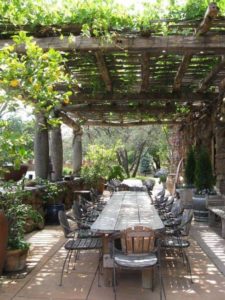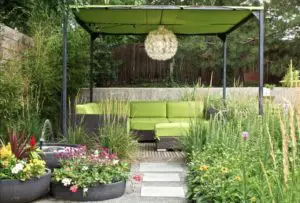
Do you need to design your homestead or farm plans?
Congratulations! You have land or space to homestead. Whether you want to turn your existing home into an urban to large homestead, you have some planning ahead of you. Growing your own food and keeping animals is hard work but well worth it. It’s not as easy as jumping right in, there is a lot of important homestead planning which I’ll discuss in this guide.
This post will cover
- Creating homestead goals
- Important factors before your design your land
- Doodling your ideas and layouts
- Farm layout & plans examples
Homestead Design Plans
Brainstorming ideas and layouts for your new or existing homestead is both fun and challenging. Whether you’re a newbie homesteader or have experience with animals or gardening, there are some basics that need to be figured out.
It’s super easy to get carried away when you start homesteading. You’ll need a homestead planner to help you figure everything out.
When you have that desire to live off the land, you might want to jump right in and do it all. Dairy animals, chickens, gardening, preserving, permaculture fruit trees, have a herbal homestead, etc., it all takes time and careful organizing and planning.
One of the first things you’ll need to do is figure out your short-term and long-term goals.

Your goals will help you decide what animals (chickens are common for beginners) or gardening to start with.
You might want a greenhouse for example or a duck pond, but not be able to implement it right away. However, when you plan and design your homestead, you’ll want to figure out where those will go so you can be map out your land.
In general you want to make a list of your large-scale projects so you can design & budget them for later on.

After you’ve figured out your goals for your land, you can design it. Before doing so though, you need to check these important things.
If you skip these steps you might regret it later on or even be fined.
Some important things to keep in mind for backyard farm plans & design
- If you live in an urban area, you need to find out the zoning laws for animals or gardening. There’s often a distance required in-between neighbors, or regulations in place for what animals you can keep or how many. Many locations won’t allow front yard gardens either. Where we live in ‘rural residential’ for example, we can keep a certain amount of chickens per acre but they have to be 30 feet from the neighbor. You can google your location and state or provincial laws, or find out from your town or city.
- Garden sunlight exposure is very important when planning your homestead garden. You need 8+ hours for most of the sun loving plants like tomatoes and corn. Other crops like leafy greens or root veggies can handle less sunlight such as 4-6 hours. In general however, 8 hours is preferred. Look at the sunlight throughout the day, seasons and months to see what outbuilding are creating shadows. If you plan on building things like chicken coops, you’ll need to make sure that they aren’t creating shadows over your garden area. You’ll also need to figure out if you’re planning a large or smaller garden so you know how much space to leave. Learn more about garden planning with my gardening book which comes with a bonus planting guide.

- Farm animals & buildings. Are you adding any farm animals to your land? What do they need? Do you need new buildings for them to live in? Do you need an outbuilding for feed such as hay or a clean area for milking? Size of your buildings is important too. You might only want to start with 10 egg laying chickens, but you might want 30 later on and design a larger coop.
- Fencing. This is a big one, you might need a large fence to keep out large pests like bears or elk. If you live in an urban setting perhaps you need to build some rodent proof garden beds. Most homesteads require large fencing for their livestock or to keep the garden safe, this adds up in cost.
Often fencing for animals or to keep pests out is one of the first homestead expenses.
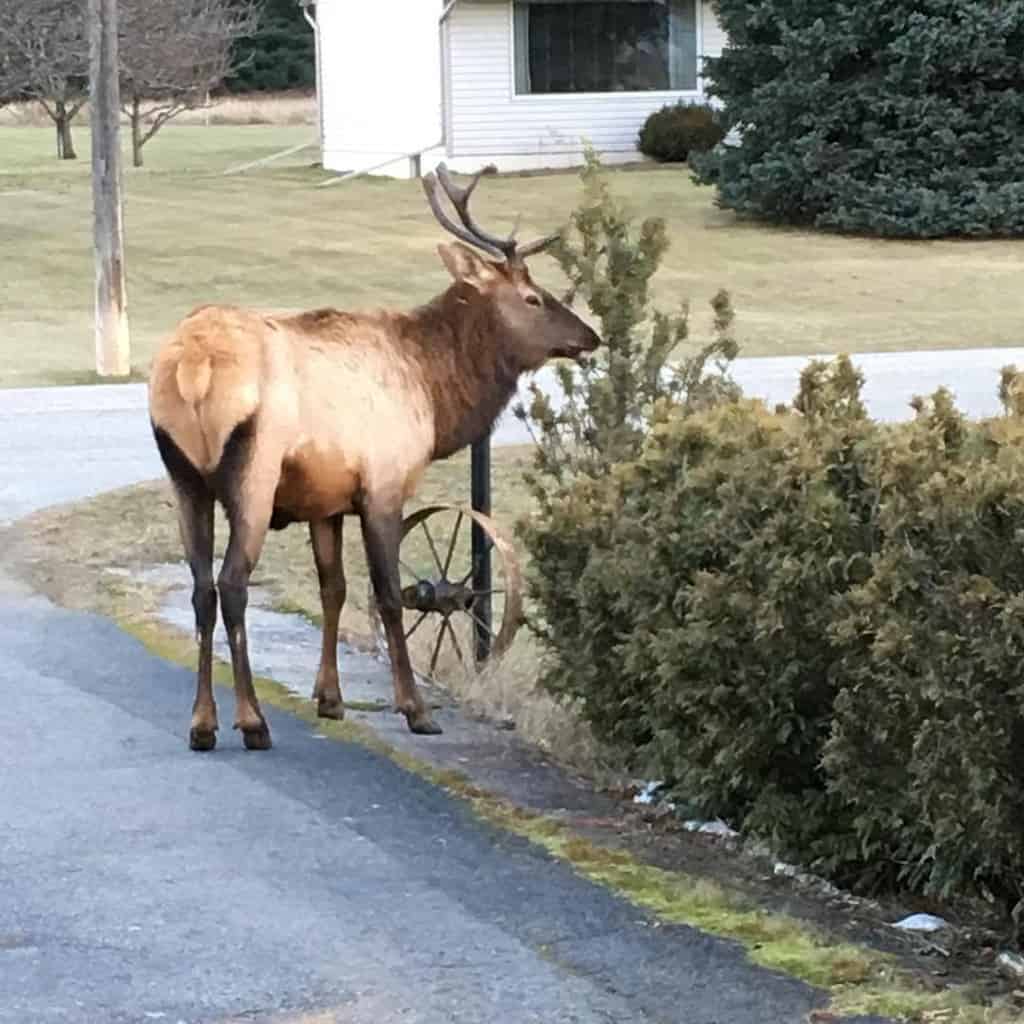
- Homestead trees. Planting trees and bushes can be expensive but worth it in the long run. You need to make sure you’re planting them in a space where won’t shadow other areas. Most trees will have the height and width space required on them. Remember that many fruit trees also come in dwarf or semi dwarf and take up less space. If you end up with any tree stumps on your homestead, you can kill the tree stumps so the roots don’t keep growing.
- Permaculture. This type of design strongly integrates animals and gardening together. Basically, you’re trying to get your animals to do some work for you. Chickens for example can help make composting easy or clean up fruit in orchards. Pigs or goats can help clean out new areas to plant later on. Our long-term plan is to plant a permaculture food forest close to our chicken coop. I highly suggest reading up on some great permaculture books to learn more about making it work on your homestead.
As you can see, there are lots of things to consider before you plan & design!

Mapping Out your Land
Once you’ve considered land or budget restrictions you can design you land. Whether you have a small urban lot, or a large acreage, you will need to map out your land. After taking into consideration your short-term and long-term goals, your next step is to draw and design many different combinations.
Start with an overhead layout and try different design ideas.
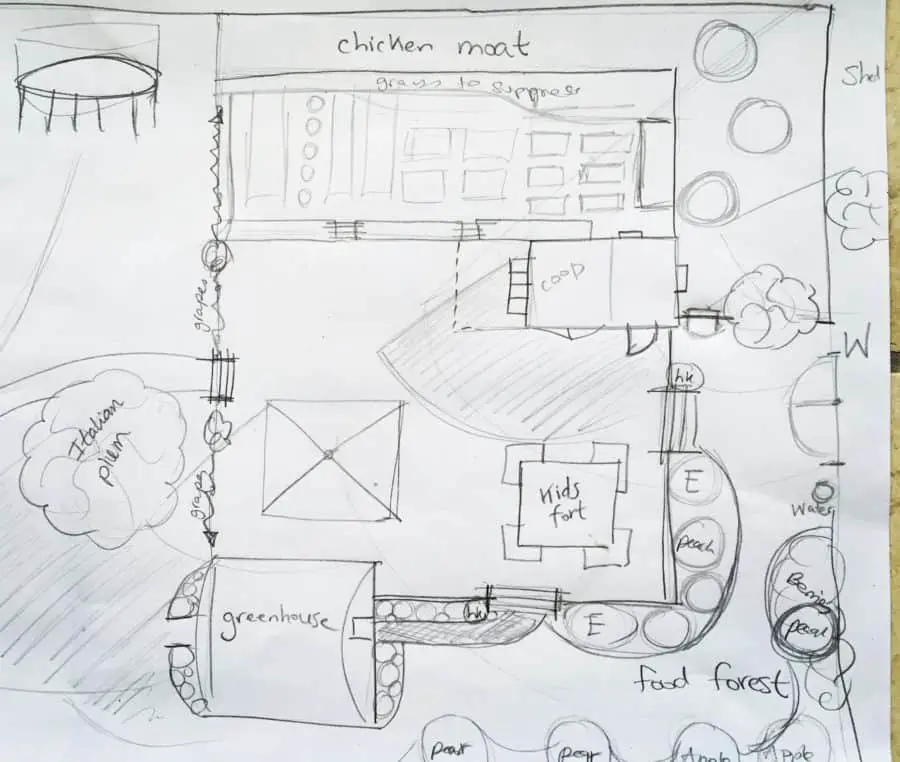
It can take doodling and designing many different combinations before you get it right.
We created many before we settled on our plan, and our plans change with time and budget. If you want to focus on garden planning, I created this garden planner that includes square foot pages for planning.

One of my favorite books for farm layouts and design is Compact Farms by Josh Volk


I love the designs in The Vegetable Gardeners Guide to Permaculture.

This book is a fantastic resource for self-sufficient farming.

Adding Permaculture Design & Self-sufficiency
I’ve written a lot about permaculture design as I think it’s really important in our modern world to conserve resources on our land as much as possible. Design elements such as food forest and plant guilds, building a chicken run around your garden as a moat and polyculture are all important.
- Food Forests & Plant Guilds in Permaculture Design
- Chicken Run Designs
- The Self-Reliance Garden
- Victory Garden Plans & Design
- Feeding Chickens with DIY Homemade Chicken Feed


